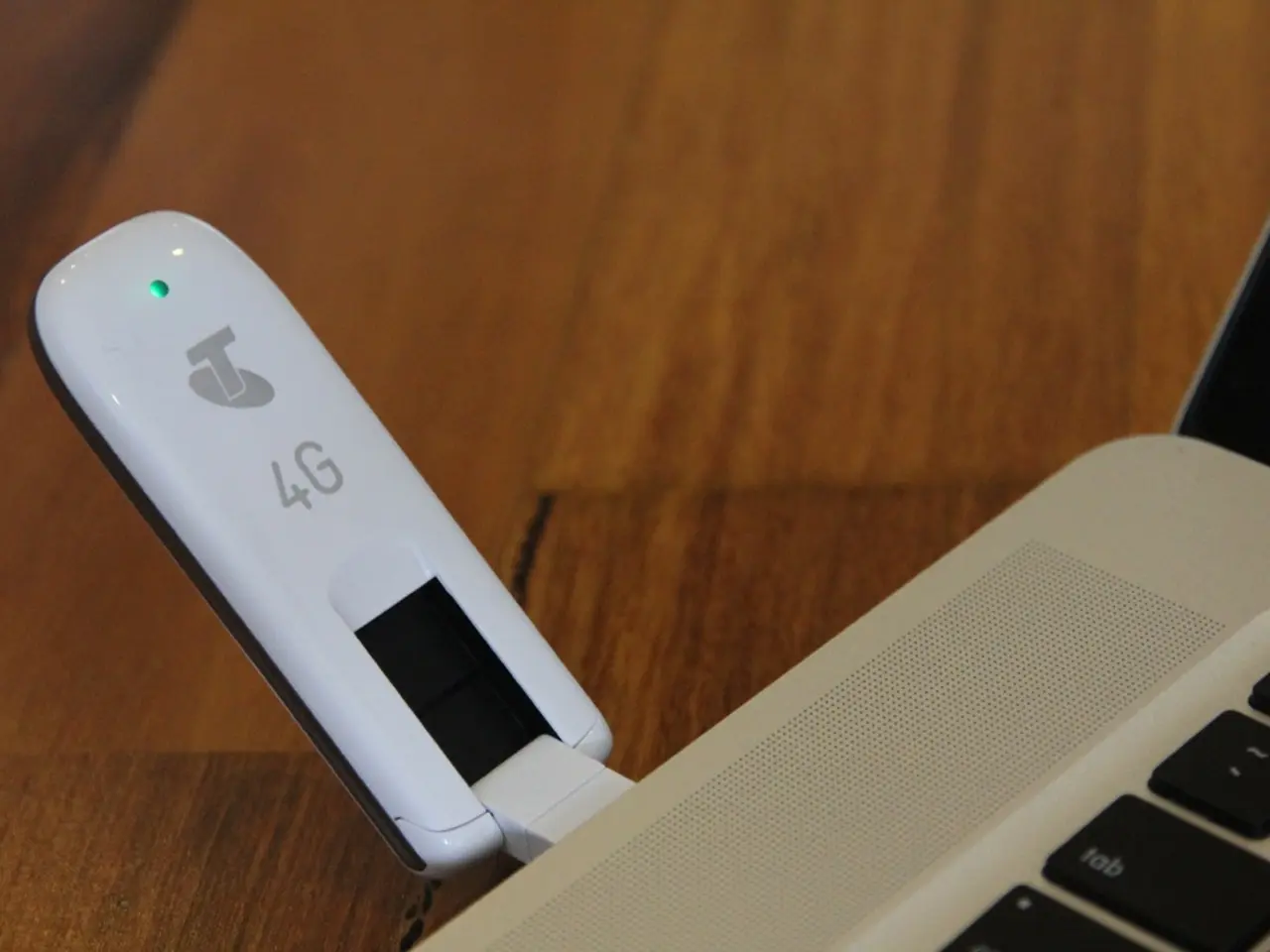Technological Instruments Detail Colorful Image of Parkinson's Condition
In a groundbreaking development, a new study called AT-HOME PD2 is set to delve deeper into understanding and managing Parkinson's disease (PD) progression. This longitudinal, decentralized research project, which will run for up to 10 years, leverages digital phenotyping tools like the mPower smartphone app, fitness trackers, and telemedicine video visits [1].
The study, a collaboration between the University of Rochester Medical Center, Sage Bionetworks, Massachusetts General Hospital, Northwestern University, and the Michael J. Fox Foundation for Parkinson's Research, aims to evaluate the impact of digital tools on individuals with mid-to-late stage PD, a group particularly vulnerable to falls and cognitive decline [1].
The mPower app, developed by the University of Rochester Medical Center's Center for Health + Technology, uses a smartphone's touch screen, accelerometers, gyroscopes, and GPS to measure dexterity, balance, gait, tremor, and memory [2]. Participants will also use Fitbit fitness trackers and research-grade wrist-worn sensors in addition to the mPower app.
The primary goal of AT-HOME PD2 is to improve prediction of falls and cognitive impairment—key milestones in later-stage PD—by combining active motor assessments via the app and passive data collection (steps, gait, sleep, physical activity) [1]. Falls are tracked weekly by automated calls to reduce recall bias, and cognitive status is adjudicated by expert consensus using clinical and functional data [1].
The rich dataset generated by this study will accelerate therapeutic development by filling knowledge gaps in the mid-stage PD population. This data integration in a cloud-based platform (Synapse) will enable comparison across clinical trial and observational cohorts [1].
The new research will continue studies evaluating the drugs isradipine and inosine as potential treatments for PD. These drugs have shown promising results in prior studies, and the extended observation period of AT-HOME PD2 will provide more precise ways to measure their impact [1].
The study will follow participants from before the use of dopaminergic medications and progress to mid-stage PD and beyond. More than 225 volunteers from prior studies have agreed to continue working with researchers in the new study. This will generate a dataset with approximately 10 continuous years of Parkinson's progression data.
A new $4.9 million grant from the National Institutes of Neurological Disorders and Stroke will support this research, which aims to collect a decade's worth of data on Parkinson's disease using mPower, telemedicine, and fitness trackers.
The AT-HOME PD2 study is an exemplary example of modern, telemedicine- and wearable-based longitudinal studies. Such multimodal digital and AI approaches in PD research have demonstrated high accuracy in monitoring and diagnosis across disease stages, with especially promising results from AI frameworks integrating data from gait analysis, wearable sensors, and smartphone apps [2]. This approach aligns with broader trends showing AI-powered multimodal data integration can enhance PD diagnosis and monitoring accuracy, supporting personalized care and intervention strategies throughout the disease course [2].
References: 1. AT-HOME PD2: A Decentralized, Longitudinal Study of Parkinson's Disease 2. Digital Phenotyping in Parkinson's Disease: A Systematic Review and Meta-Analysis of Digital Biomarkers
Read also:
- Overweight women undergoing IVF have a 47% higher chance of conceiving naturally post-weight loss
- Bonsai Trees from Evergreen Species: Exploring Growth Characteristics & Distinct Qualities
- What temperatures may make walking your canine companion uncomfortable?
- Title: Information About Beovu: Potency, Form, Usage, and Additional Details







